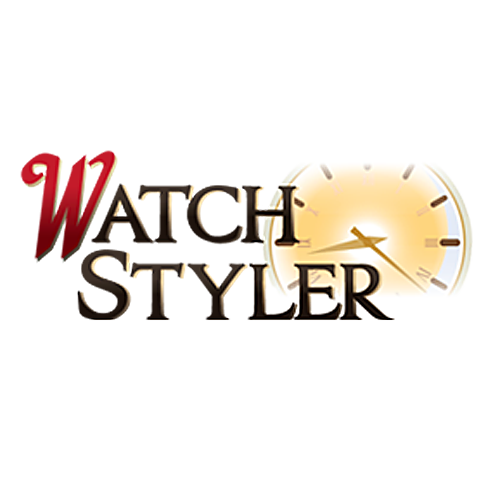Rolex Datejust 36 Dial Compatibility Guide
 The Rolex Datejust 36 is a timeless classic that has evolved significantly since its introduction in 1945. With changes in movement and dial design over the decades, knowing which dial fits your watch is essential - especially for collectors, restorers, or custom builders.
The Rolex Datejust 36 is a timeless classic that has evolved significantly since its introduction in 1945. With changes in movement and dial design over the decades, knowing which dial fits your watch is essential - especially for collectors, restorers, or custom builders.
The Rolex Datejust 36 uses three distinct types of dials. While they may appear similar at first glance, each is uniquely designed for a specific movement and is completely non-interchangeable. Knowing your Rolex Datejust 36 model number is essential. It determines compatibility - confirm your exact model number before buying a dial.
Vintage Pie-Pan Dials: These are found on older models like the reference 1601 and use the Caliber 1570 or 1575 movement. The dial has a domed edge and feet positioned at 11:30 and 6:00. These dials only fit non-quickset models and are not compatible with newer movements.
These are found on older models like the reference 1601 and use the Caliber 1570 or 1575 movement. The dial has a domed edge and feet positioned at 11:30 and 6:00. These dials only fit non-quickset models and are not compatible with newer movements.
You can identify a pie-pan dial by its sloped outer edge, which gives it a subtle bowl-like appearance. However, this shape is often hard to notice - especially when the dial is installed - because the minute track around the perimeter creates a visual illusion that makes the dial appear flat. This effect can obscure the dial’s true contour, regardless of its color.
Flat Quick-set Dials: Found in models like 16014, 16234, and 116234, these dials are designed for Caliber 3035 and 3135 movements. They feature a flat back with dial feet positioned at 3:30 and 7:30, making them interchangeable between these two calibers - but incompatible with vintage pie-pan or modern snap-on dials.
Found in models like 16014, 16234, and 116234, these dials are designed for Caliber 3035 and 3135 movements. They feature a flat back with dial feet positioned at 3:30 and 7:30, making them interchangeable between these two calibers - but incompatible with vintage pie-pan or modern snap-on dials.
From a manufacturing standpoint, flat quickset dials are the simplest to produce. That simplicity, combined with their long production run, has made them the most commonly replicated Datejust dials on the market.
Modern Snap-on dials: Used in newer Datejust 36 references like the 126234, snap-on dials are designed for Rolex’s Caliber 3235. Unlike older styles, these dials lack traditional feet and instead snap directly onto the movement - a technique Rolex has used on ladies’ and midsize models since the 1950s.
Used in newer Datejust 36 references like the 126234, snap-on dials are designed for Rolex’s Caliber 3235. Unlike older styles, these dials lack traditional feet and instead snap directly onto the movement - a technique Rolex has used on ladies’ and midsize models since the 1950s.
These dials feature refined, modern finishes and are not compatible with earlier movements. Rolex likely adopted this design to deter replication and streamline servicing. However, identifying a snap-on dial requires removing the movement, as the mounting system isn't visible from the outside.
How to select the correct dial for your Rolex Datejust 36?
It is simple - first locate the reference number engraved between the lugs at 12 o’clock (you’ll need to remove the bracelet). Or take a careful look at your old warranty paper - it is always there. Once you have both, you can match the appropriate dial type.
Not sure? Send us a photo or your reference number - we’re happy to assist via phone or email.
